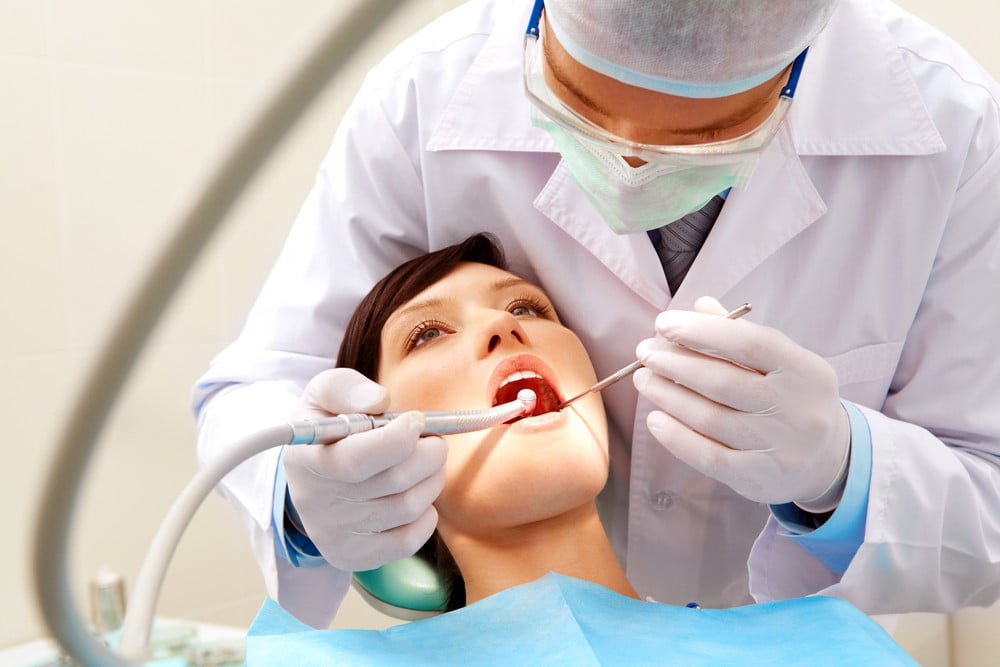When it comes to orthodontic care, precision is everything. Orthodontists in Dubai rely on advanced diagnostic tools such as X-rays to design treatment plans tailored to each patient’s needs. X-rays provide an in-depth look beneath the surface, allowing orthodontists to understand tooth positioning, jaw alignment, and potential issues that may not be visible during a physical examination. This accuracy ensures patients receive safe, effective, and customized orthodontic care.
The Importance of X-Rays in Orthodontics:
X-rays are essential because they offer a clear picture of structures that cannot be observed with the naked eye. Orthodontists depend on these images to:
- Assess tooth roots and their positions
- Evaluate jawbone development and density
- Identify hidden dental issues such as impacted teeth
- Detect abnormalities in growth patterns
- Plan treatment strategies with long-term stability in mind
Without X-rays, orthodontists would have to rely on incomplete information, which could affect outcomes.
Types of X-Rays Used in Orthodontics:
Orthodontists use different X-ray techniques, each with specific purposes:
- Panoramic X-rays: Capture the entire mouth in a single image
- Cephalometric X-rays: Show the side profile of the head to evaluate jaw growth and bite
- Cone-Beam CT scans: Provide 3D imaging for detailed insights into bone and tooth structure
- Periapical X-rays: Focus on specific teeth and their roots
Each type helps orthodontists make precise decisions about treatment.
Detecting Early Problems:
X-rays allow orthodontists to spot potential dental issues at an early stage:
- Impacted teeth that may not erupt properly
- Missing or extra teeth that affect alignment
- Jaw discrepancies that could lead to bite problems
- Early signs of crowding or spacing issues
- Structural abnormalities requiring monitoring
Early detection means treatments can be planned before problems worsen.
Role of X-Rays in Treatment Planning:
X-rays are indispensable tools for mapping out individualized treatment plans:
- Help determine the need for braces, aligners, or expanders
- Guide the placement of brackets for optimal results
- Predict how teeth will move during treatment
- Evaluate whether extractions are necessary
- Ensure that jaw alignment is properly addressed
Accurate planning leads to shorter, more efficient treatments.
Monitoring Progress Throughout Treatment:
Orthodontists use X-rays not just at the start, but also during treatment:
- Track tooth movement and root positioning
- Confirm appliances are working as expected
- Identify any changes that require adjustments
- Ensure no damage occurs to roots or surrounding bone
- Verify that treatment goals are being achieved
Regular monitoring guarantees safe and effective progress.
Ensuring Safety of X-Rays:
Many patients and parents worry about radiation exposure, but modern dental X-rays are safe:
- Use very low doses of radiation compared to medical X-rays
- Digital technology further reduces exposure
- Protective measures such as lead aprons are provided
- Benefits far outweigh the minimal risks involved
- Children receive only necessary scans, avoiding excess imaging
Safety is always a top priority in orthodontic care.
Advantages of Digital X-Rays:
The shift from traditional film to digital X-rays has enhanced orthodontic treatment:
- Clearer images for more accurate diagnosis
- Instant viewing with reduced wait times
- Easy storage and retrieval for future reference
- Ability to share results electronically with patients or other specialists
- Environmentally friendly with no need for chemical processing
Digital imaging ensures efficiency and precision at every stage.
Cost-Effectiveness of Using X-Rays:
While X-rays may seem like an added cost, they often save money in the long run:
- Prevent unnecessary treatments caused by guesswork
- Reduce the likelihood of complications requiring correction
- Support shorter treatment times, lowering overall expenses
- Allow for better resource allocation during care
- Provide lasting results that minimize future dental costs
Investing in X-rays is both smart and practical.
Final Thoughts:
X-rays play a vital role in ensuring orthodontic treatments are accurate, safe, and effective. Orthodontists in Dubai use advanced imaging techniques to diagnose issues early, plan personalized treatments, and monitor progress with precision. Modern digital technology has made X-rays safer, clearer, and more affordable, making them a cornerstone of high-quality orthodontic care. For patients, this means fewer surprises, more predictable results, and the confidence that their smile is in expert hands.

